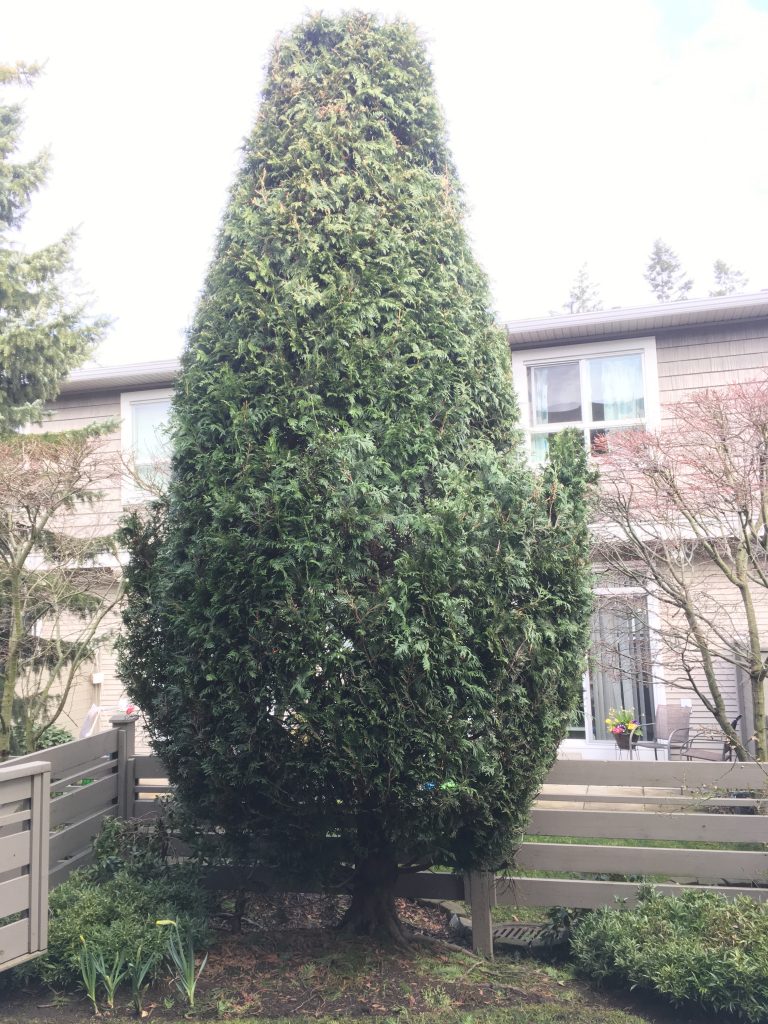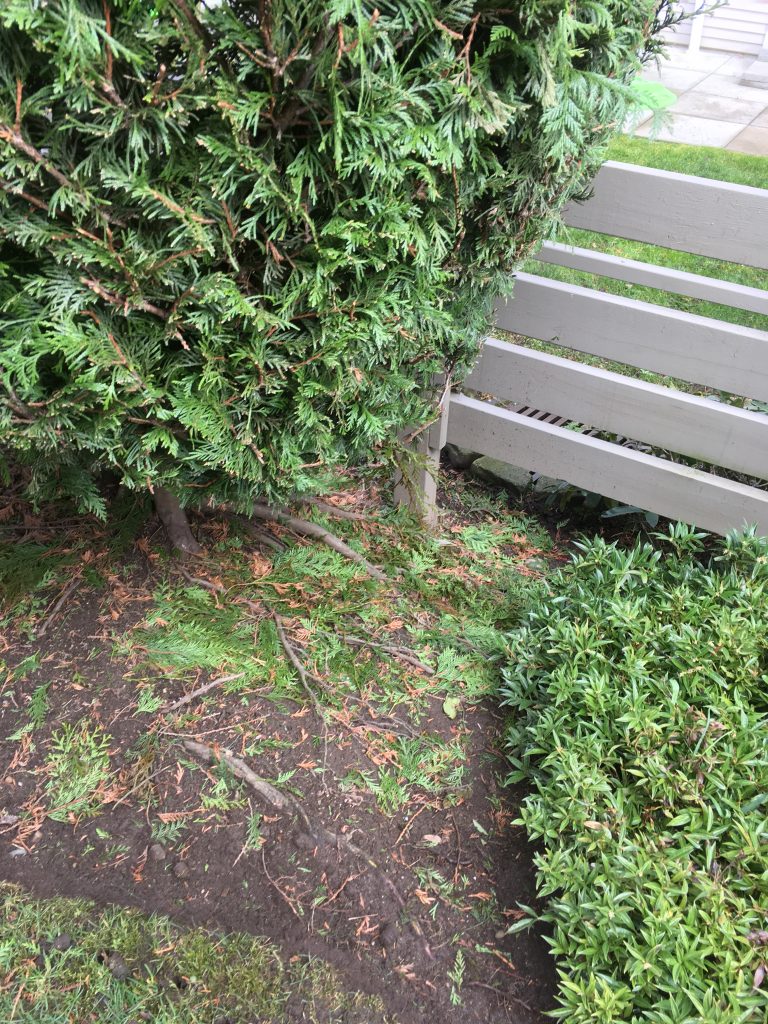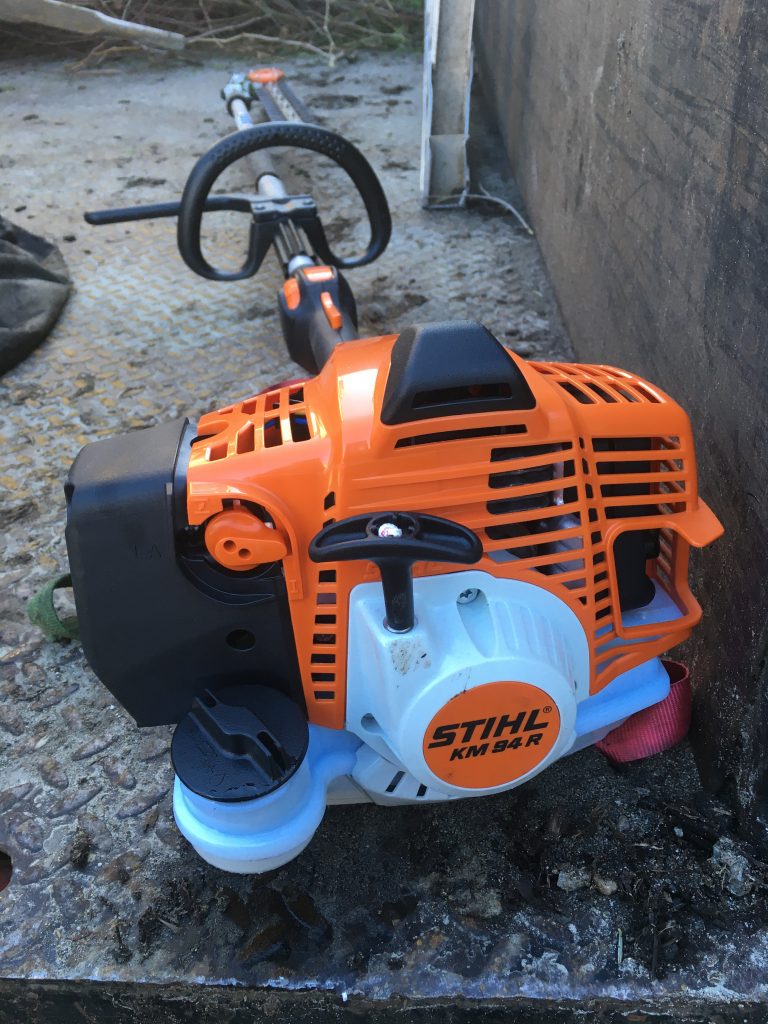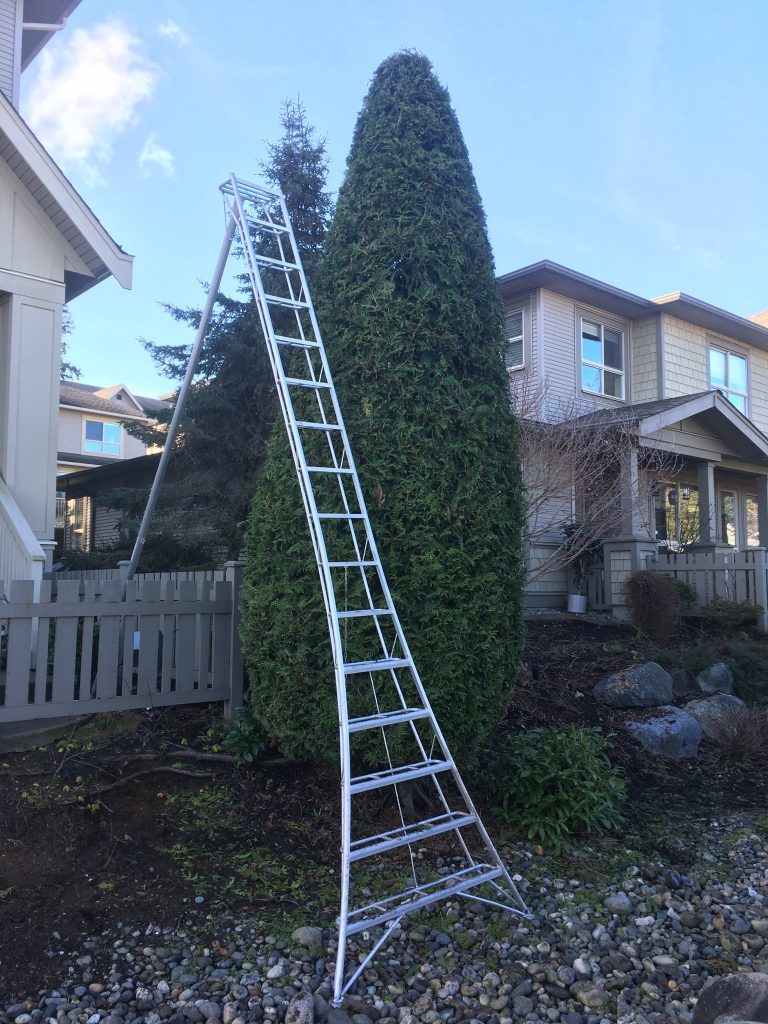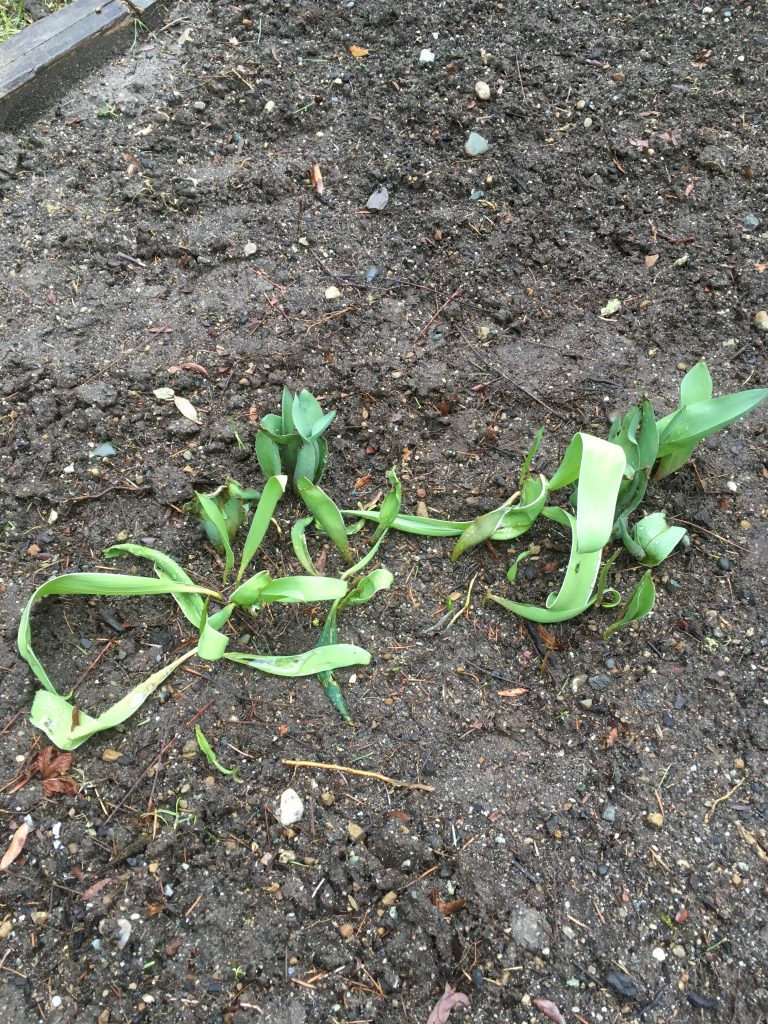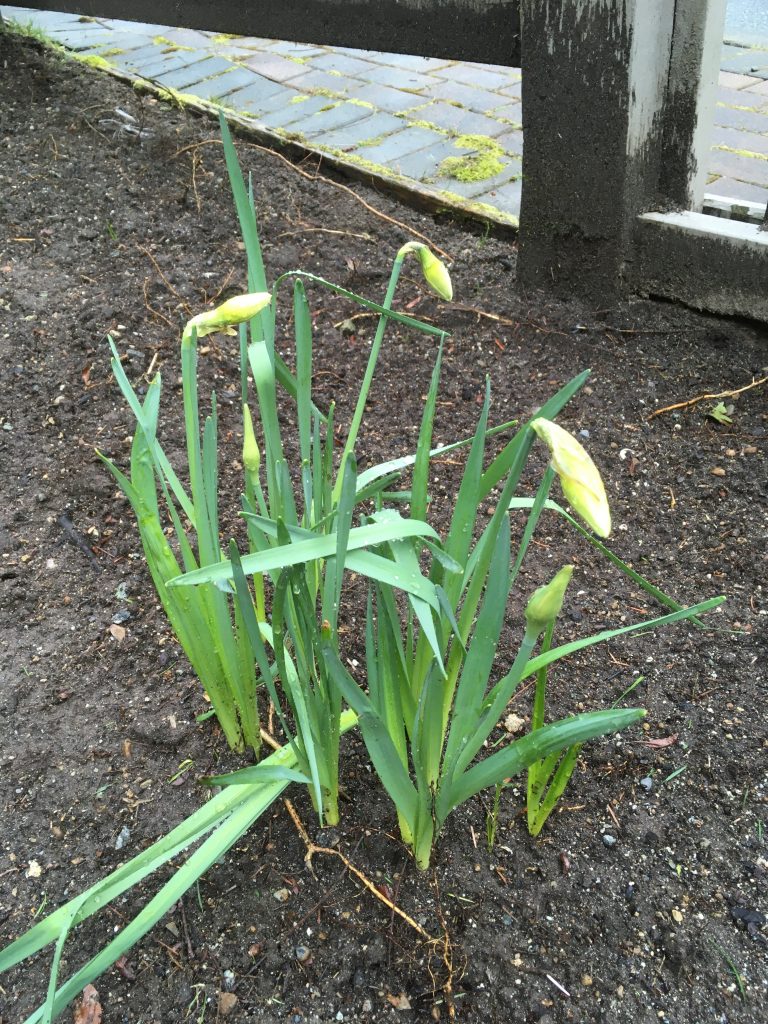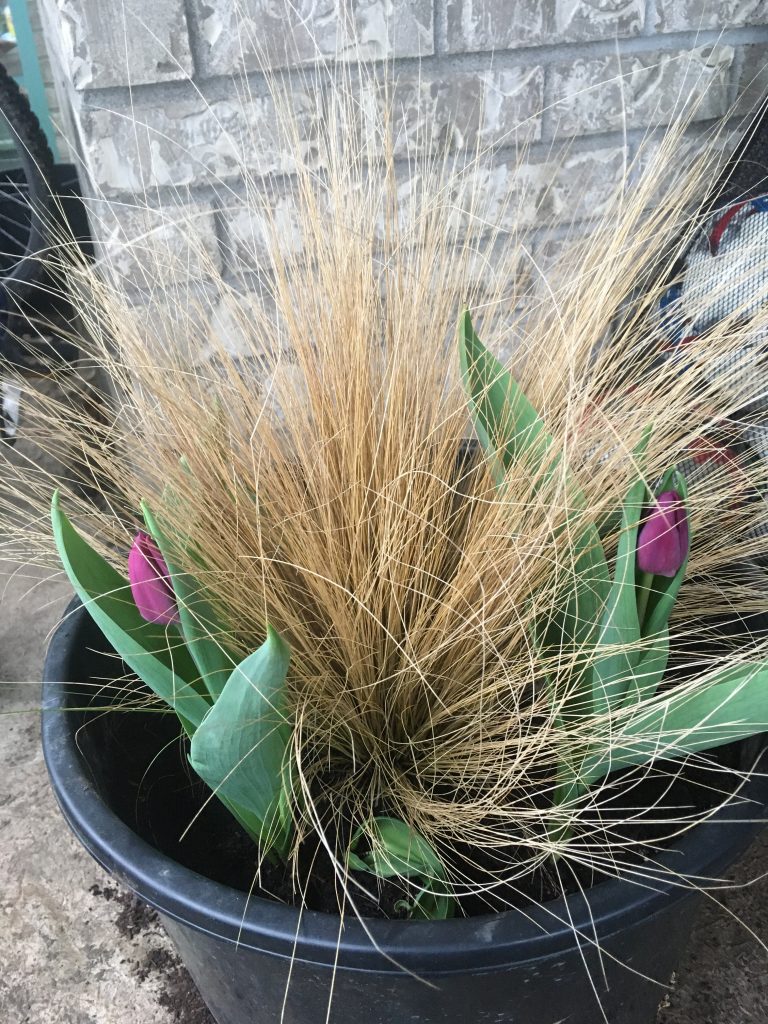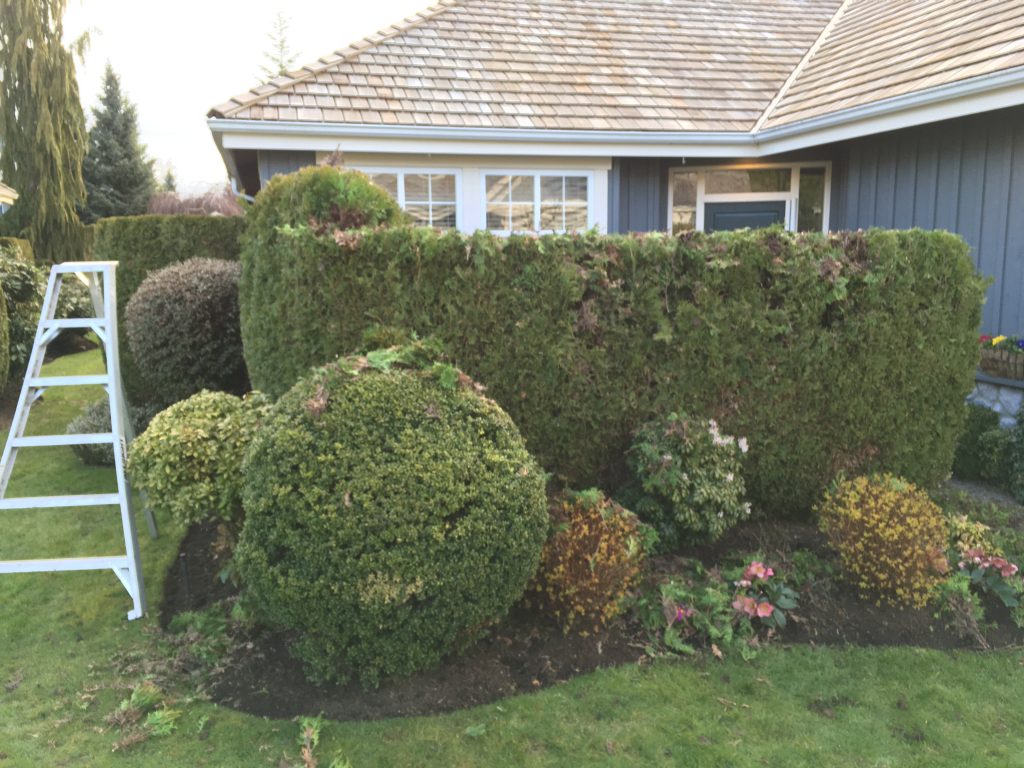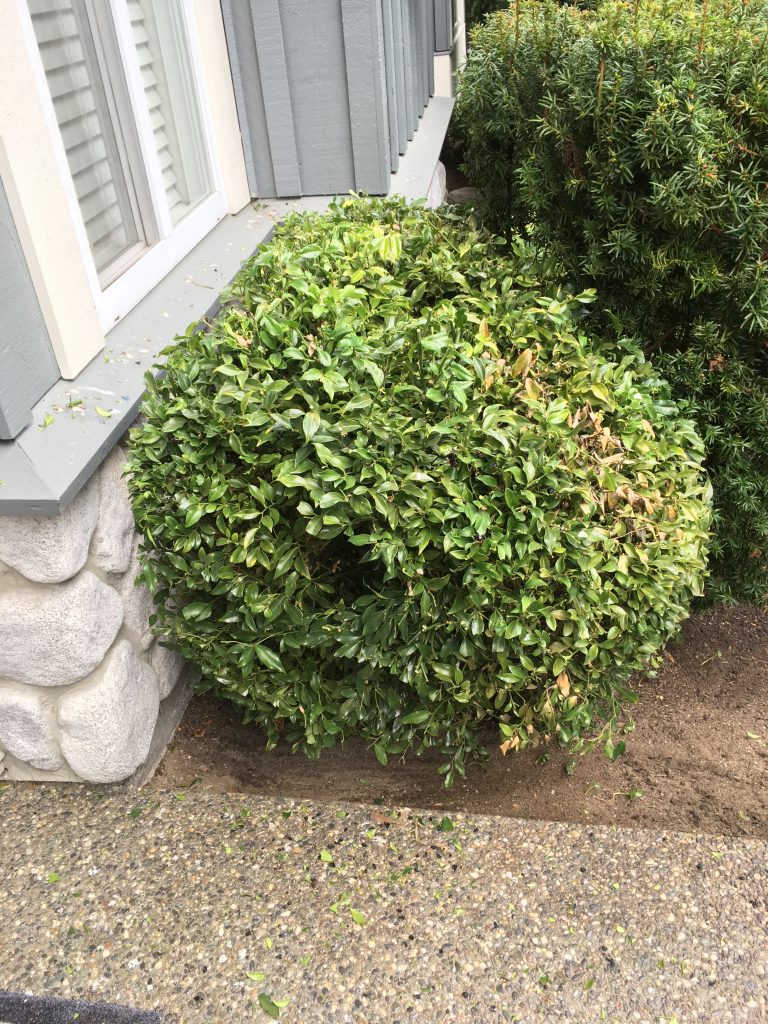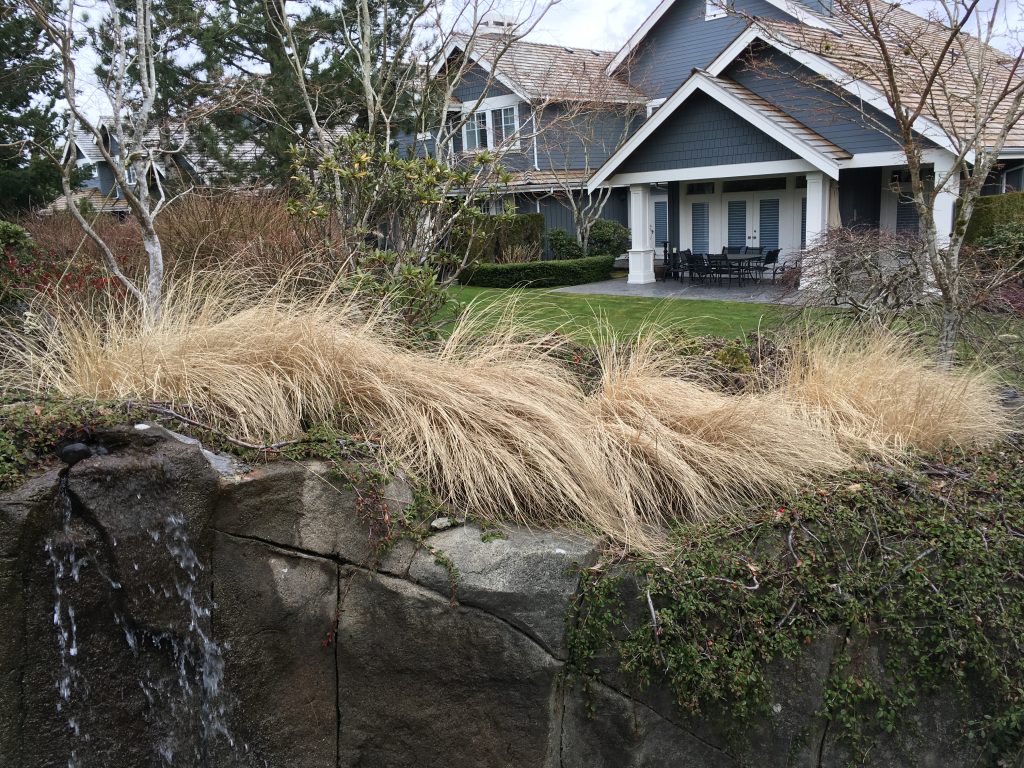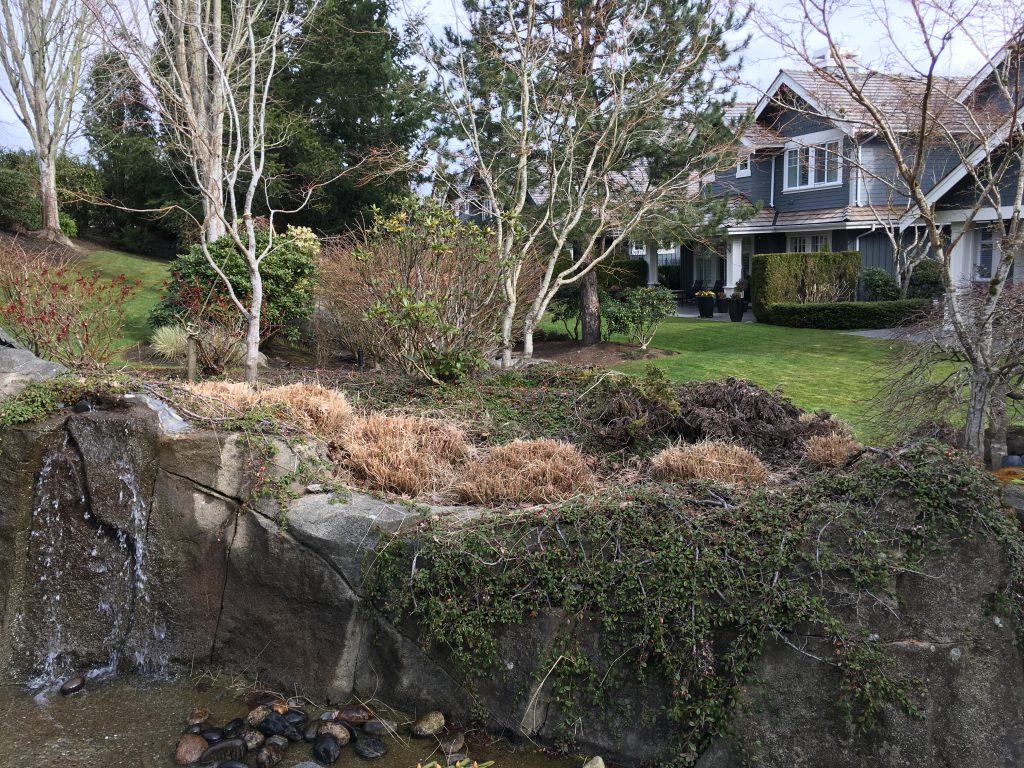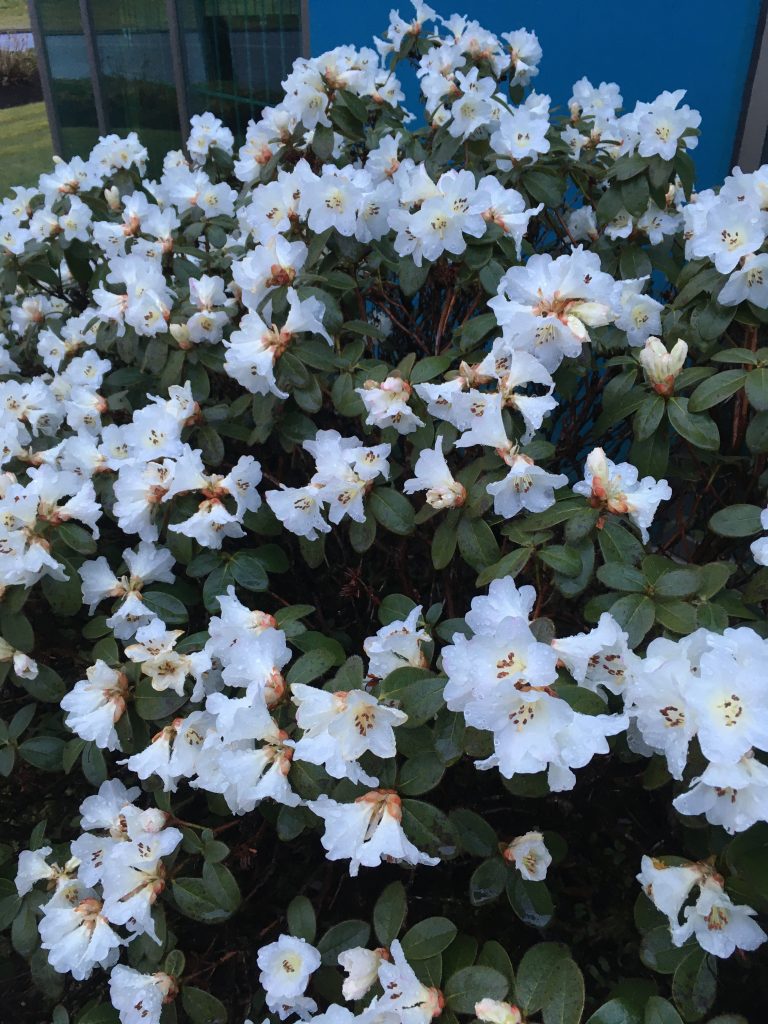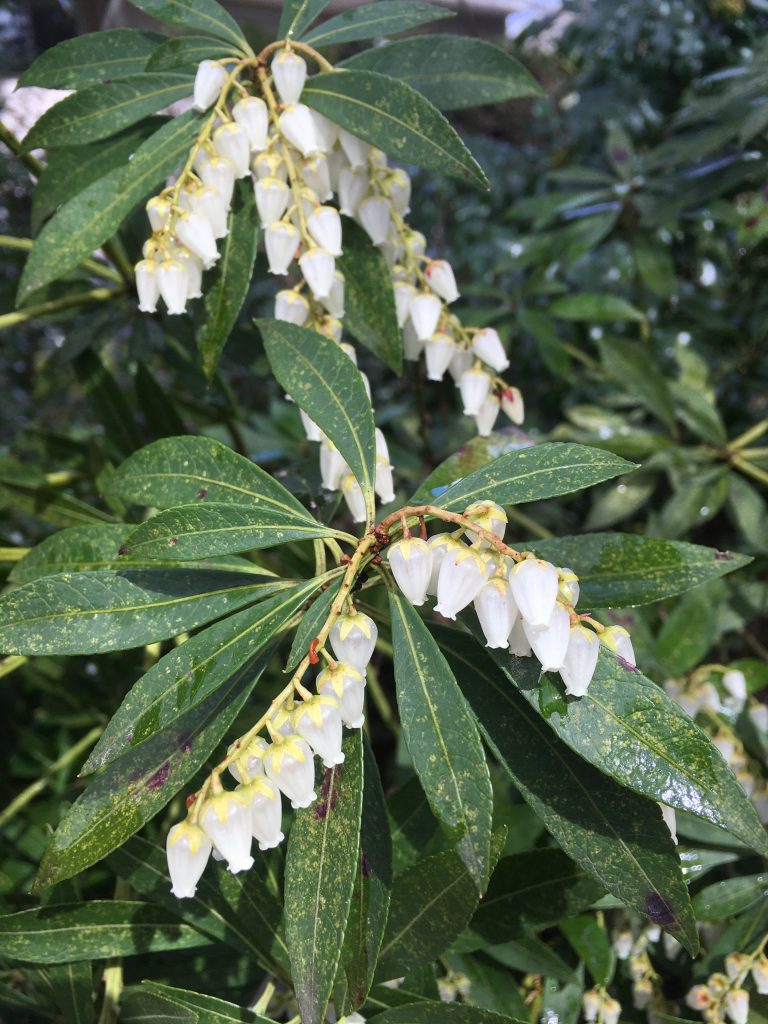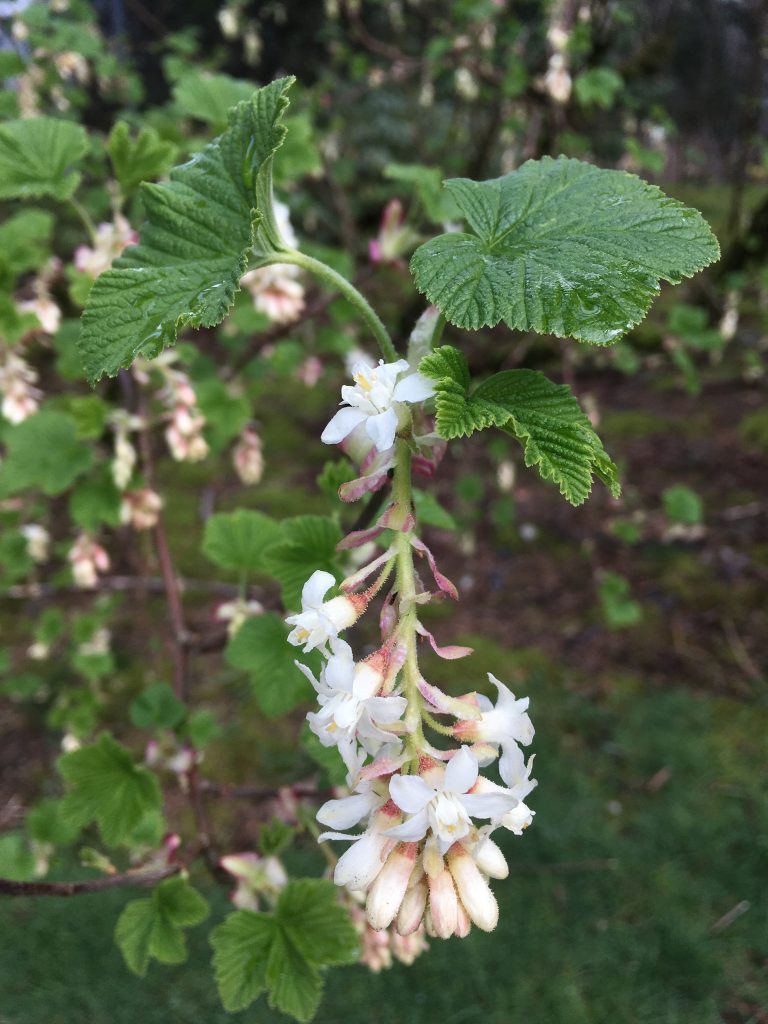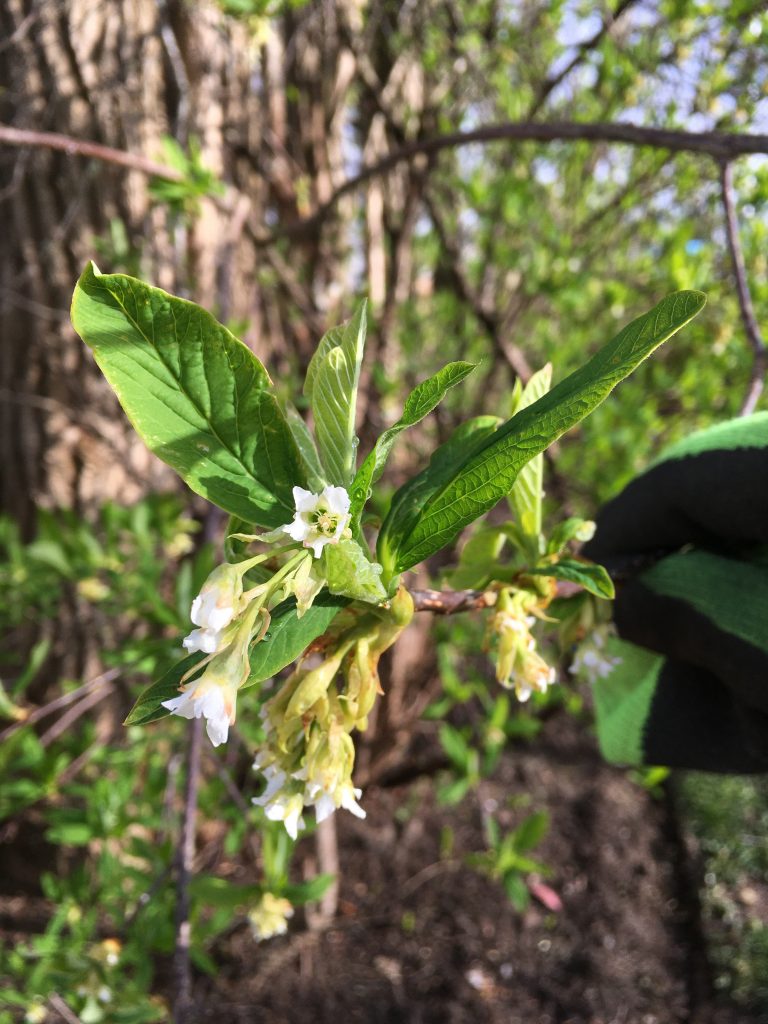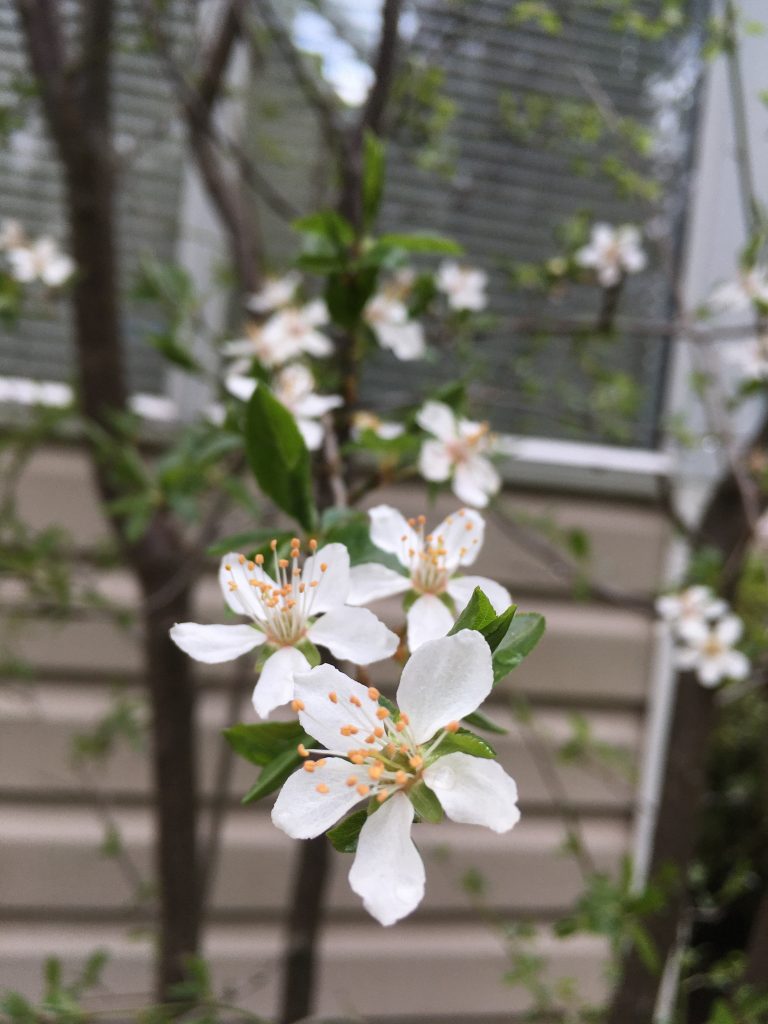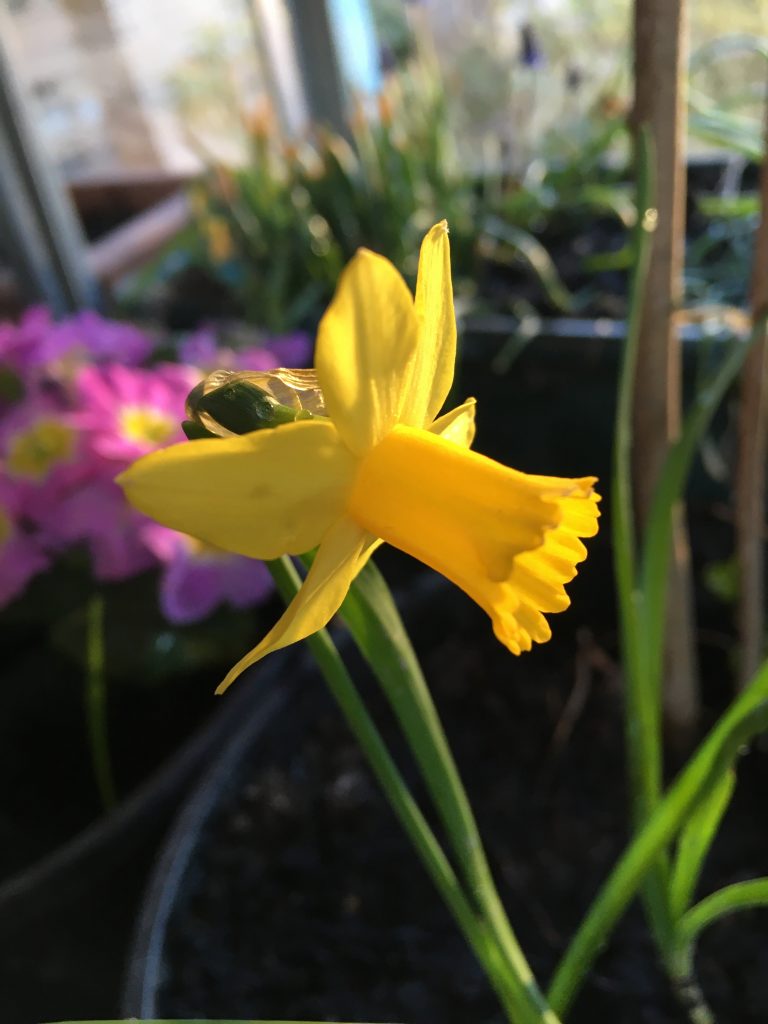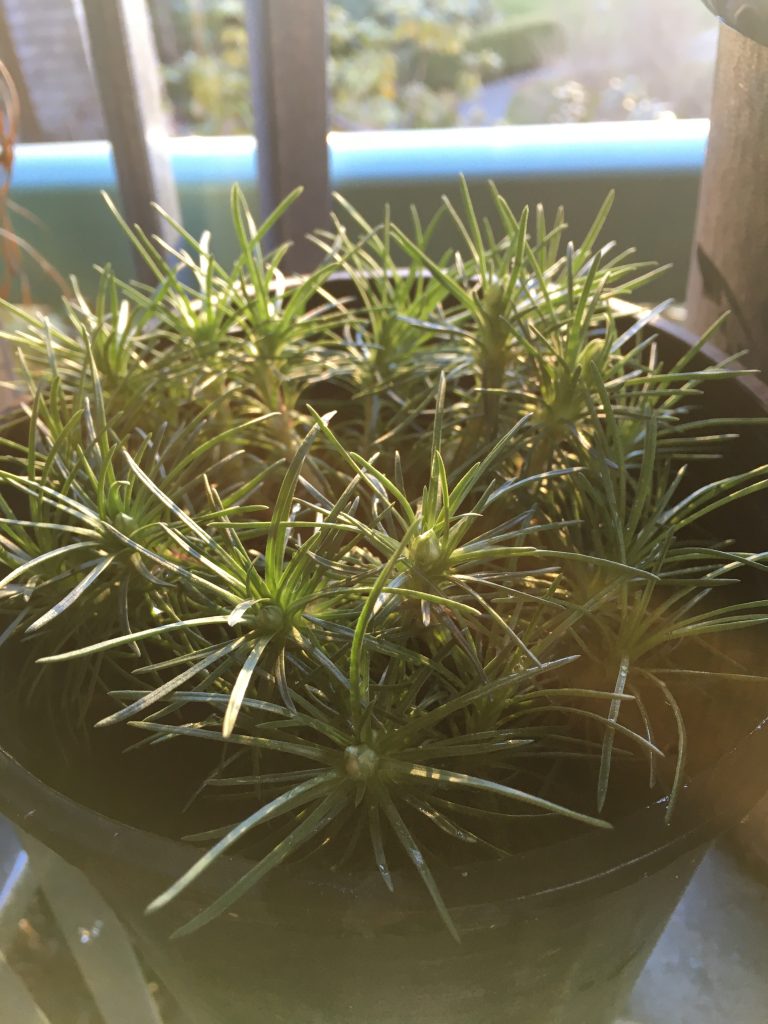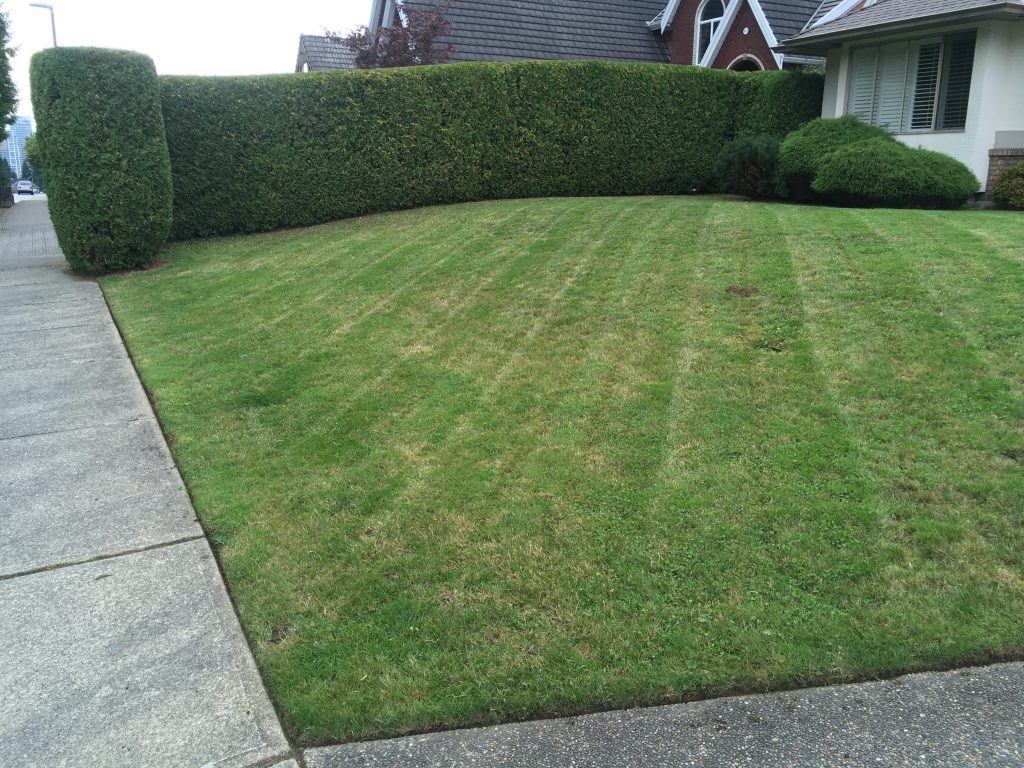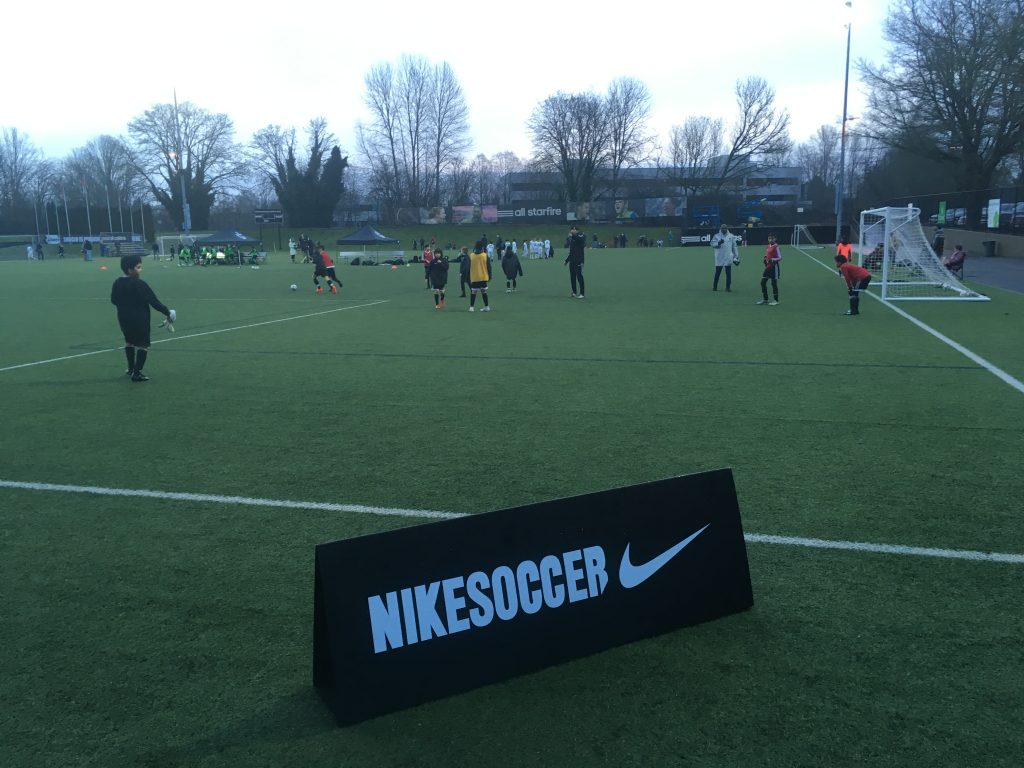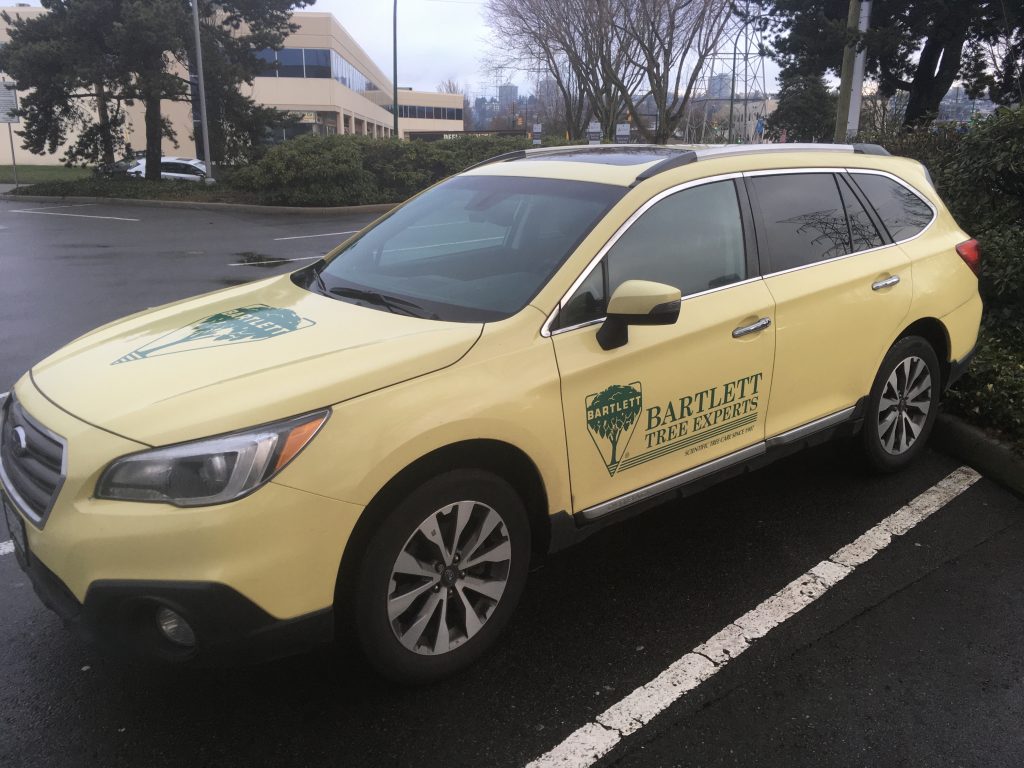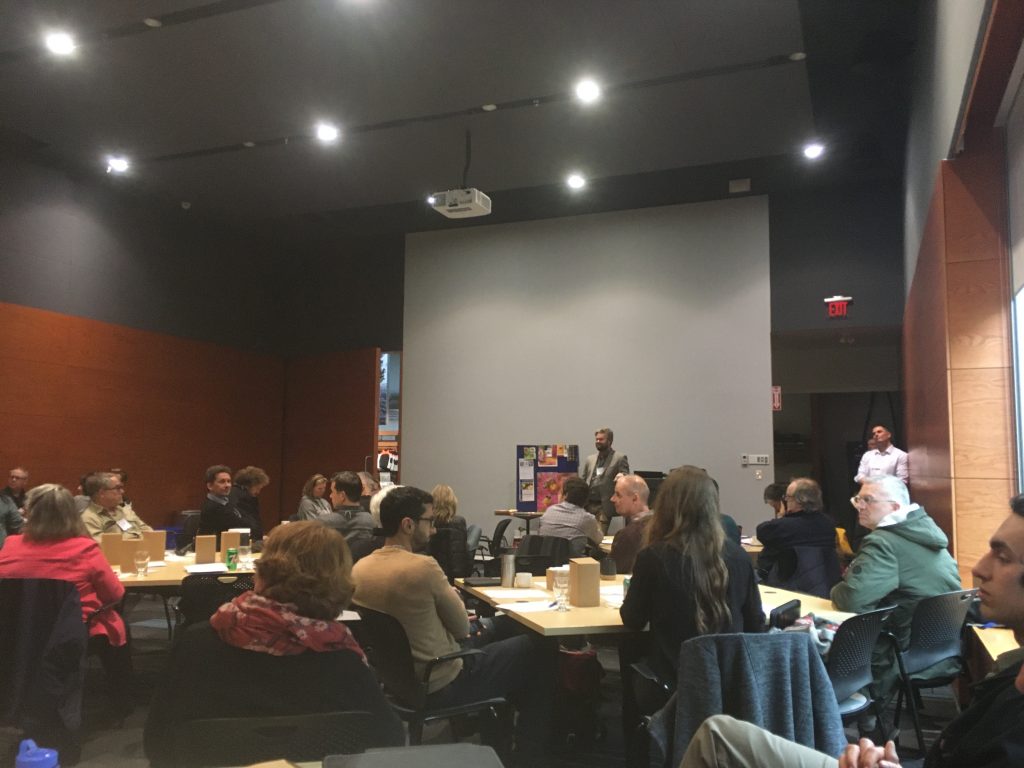The Red Seal Journeyman Horticulturist program is a win for everybody involved and this blog post is for those considering the four year apprenticeship. Becoming Red Seal certified is a worthy goal.
In exchange for their hefty sponsorship, employers lock-in their apprentices for four seasons. And because it’s slow in winter, they can afford to lose their workers for six weeks.
Apprentices avoid the nastiest part of the season and go to school for six weeks. Then, for the rest of the year they work alongside genius landscape supervisors like me, absorbing world-class knowledge. (With little kids at home, I challenged the Red Seal exam because I had multiples of the required 9,700 hours in the field; and couldn’t afford to take time off. Doing the full four-year apprenticeship is much better.)
Lastly, British Columbia gains certified trades people who provide great service to their employers and clients. In theory, they should also make more money and move up. In practice, this is trickier than it looks.
Lynda
If you follow my blogs you will already know about Lynda, our star landscape horticulture apprentice. She kindly shared her experiences after levels 1 and 2, so I begged her to continue after completing her level 3. And I mean I begged her.
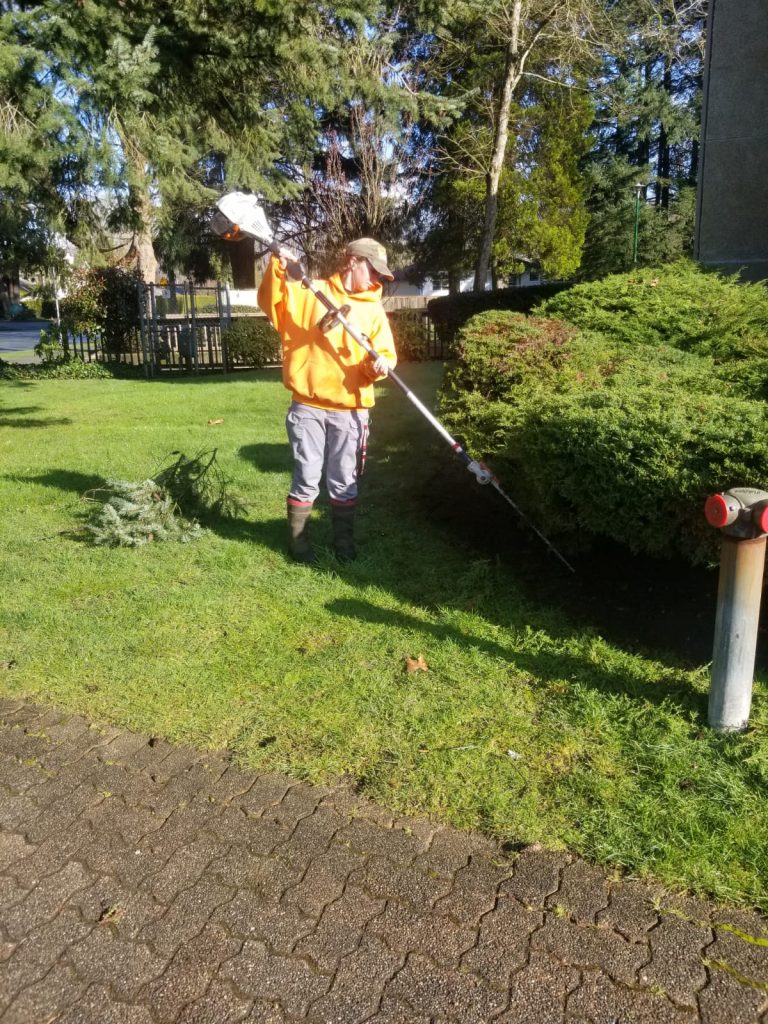
Question: How does level 3 differ from 1 and 2?
Answer:
Level 3 was different from level 1 and 2 in the sense that it was more practical. You studied subjects that were more relevant to what you would actually do on the job. You would go out and actually identify the plant on site, instead of trying to identify it from a picture in a slideshow. There was a lot more “heavy lifting” when it came to level 3. A lot of level 3 was more centered around landscape construction and hardscape compared to level 1 and 2, which centered around the science of plants.
Q 2: What did you enjoy the most?
A: I probably would say I enjoyed the landscape construction labs the most. But it’s hard to say. This year was hard with lots of tough information. I was more concentrated on just getting through the class.
Q 3: What did you struggle with?
A: I struggled with all the math involved in the course. Compared to level 1 and 2, there is significantly more math to learn in level 3.
Q 4: What is it like studying at Kwantlen Polytechnic University?
A: The atmosphere at KPU is different. It’s relaxed but stressful all at the exact time. The work load and all the information is the stressful part, but getting to know your classmates and working with them on projects, and in study groups is great to help ease the mind of some stress that comes with taking this course.
Q 5: Are all of the instructors cool?
A: No, not all of the instructors were cool. Most of them were, but there were a couple teachers that I personally had problems with.
Q 6: How was the ITA final?
A: The ITA final was difficult. ITA can be tricky with their tests. They like to add things, that you wouldn’t think is important to remember. It is important to remember to look at literally everything as best as you can.
Q 7: What advice would you give to someone about to take level 3?
A: The only advice I can give, try to stay organized, it helps temper your stress if you stay organized. As well as, make connections with your classmates. Start study groups. Work together on stuff. It will make you feel so much more confident and comfortable for these gruelling six weeks.
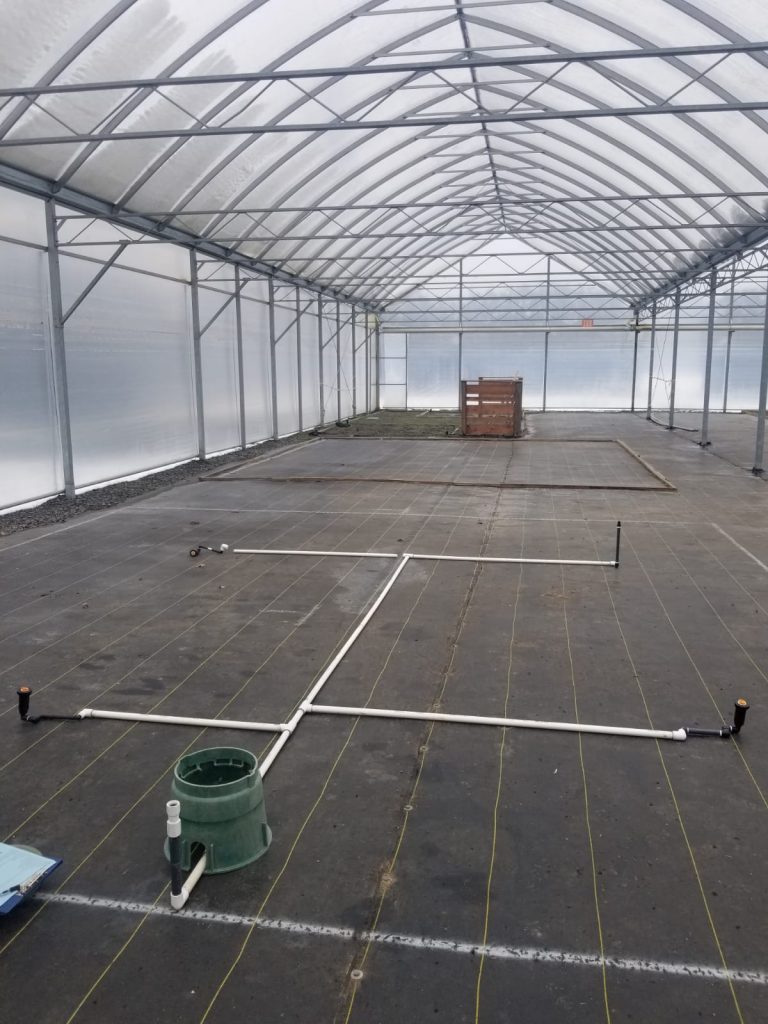
Now that landscapers can get their Red Seal Journeyman Horticulturist trade papers, it makes sense to go for it by asking your employers for sponsorship. Winter is slow anyway so they won’t miss you. Just don’t forget to thank them later.
Good luck!


